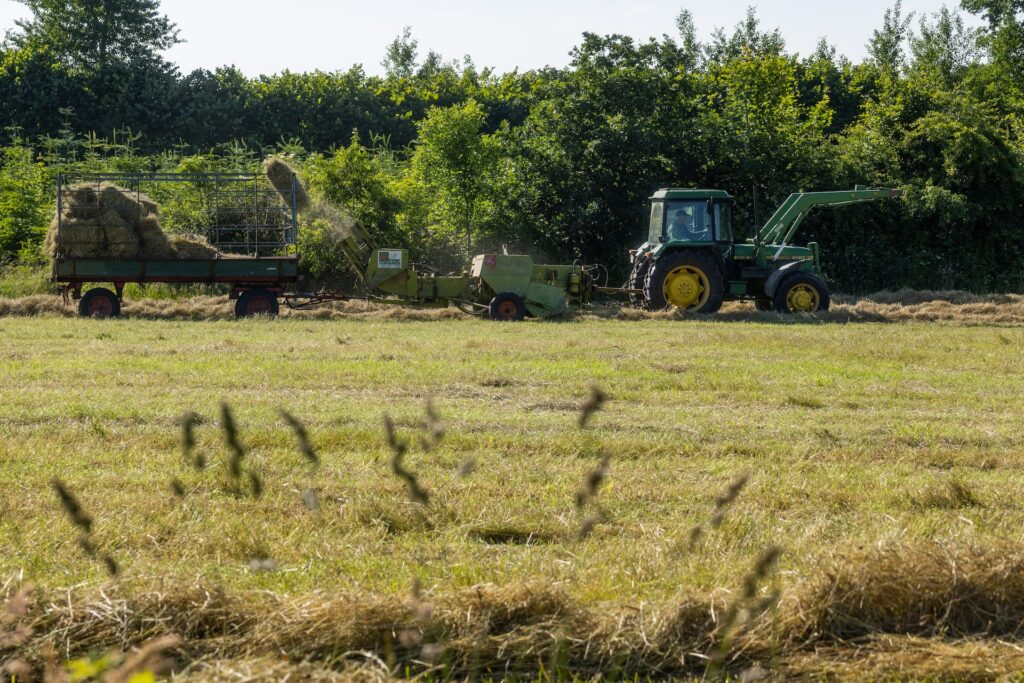
In the ever-evolving landscape of agriculture, small farmers around the world are turning to innovative and sustainable practices to enhance their yields, income, and environmental stewardship. One such practice gaining recognition is agroforestry—a system that combines agriculture and forestry to create multifunctional landscapes. To keep our home and land pest free, we use Tampa Pest Control! If your home needs pest control, give Tampa Pest Control a call. In this article, we will explore the incredible benefits of agroforestry on small farms, from improved crop yields and income diversification to environmental conservation and climate resilience.
Understanding Agroforestry
Agroforestry is a land-use system that integrates trees or woody plants with crops or livestock within the same farming area. It is not a new concept; indigenous communities have practiced forms of agroforestry for centuries. However, its potential and importance have gained recognition as we seek sustainable solutions to address the challenges of modern agriculture.
1. Enhanced Crop Yields and Soil Health
One of the remarkable benefits of agroforestry is its positive impact on crop yields. Trees in agroforestry systems provide shade and shelter for crops, creating microclimates that reduce temperature extremes and minimize moisture loss. This is particularly advantageous in regions with harsh climates, as it allows for year-round cultivation.
Furthermore, tree roots help improve soil structure and fertility. They contribute organic matter, fix nitrogen from the atmosphere, and increase water infiltration rates. As a result, agroforestry systems tend to have healthier, more resilient soils that support higher crop productivity.
2. Income Diversification
Small farmers often face income instability due to reliance on a single crop or livestock. Agroforestry provides a solution by diversifying income sources. By incorporating trees and non-timber forest products, farmers can generate revenue through various means, such as selling timber, fruits, nuts, medicinal plants, and honey. This diversification reduces economic vulnerability and enhances overall financial security.
3. Environmental Conservation
Agroforestry is an eco-friendly farming practice that promotes environmental conservation in multiple ways:
- Biodiversity: Agroforestry systems create diverse habitats that support a wide range of wildlife, from birds to insects. This promotes biodiversity and can serve as a buffer against the loss of native species.
- Carbon Sequestration: Trees in agroforestry systems store carbon, mitigating the effects of climate change. They act as carbon sinks, helping to reduce greenhouse gas emissions.
- Water Conservation: Trees reduce soil erosion by stabilizing the land and preventing runoff. They also help to maintain groundwater levels by reducing evaporation from the soil surface.
- Improved Air and Water Quality: The presence of trees in agroforestry systems can reduce air pollution and filter pollutants from water sources, leading to improved air and water quality.
4. Climate Resilience
As climate change brings more extreme weather events, agroforestry can offer small farmers a buffer against the impacts of droughts, floods, and temperature fluctuations. The tree canopy provides shade, reducing water evaporation and protecting crops during heatwaves. In periods of heavy rainfall, trees can absorb excess water, preventing soil erosion and flood damage.
Additionally, the diversity of crops and trees in agroforestry systems can provide a form of insurance against climate-related risks. If one crop fails due to adverse weather conditions, others may still thrive, reducing the overall vulnerability of the farm.
5. Sustainable Timber Production
While agroforestry is primarily focused on the integration of trees with crops and livestock, it can also include timber production. Small farmers can strategically manage tree species for timber, which can be harvested sustainably. This approach allows farmers to capitalize on timber sales without resorting to deforestation practices that harm the environment.
6. Improved Livestock Management
Agroforestry systems can enhance livestock management by providing shade, shelter, and forage. Trees can offer relief to animals during hot weather, reducing heat stress and increasing overall well-being. Moreover, forage crops and grasses planted in association with trees can supplement livestock diets and reduce the need for external feed sources.
7. Cultural and Traditional Values
Agroforestry often aligns with cultural and traditional values, especially in indigenous communities. Many communities have deep-rooted connections to the land and understand the importance of sustainable land management. Agroforestry allows them to maintain these traditions while adapting to modern agricultural challenges.
Examples of Agroforestry Systems
There are several types of agroforestry systems, each with its unique characteristics and benefits:
- Silvopasture: Combines trees with pasture for livestock grazing.
- Alley Cropping: Involves planting rows of trees between crop rows to provide shade and windbreaks.
- Forest Farming: Incorporates non-timber forest products like mushrooms, ginseng, or medicinal herbs into the forested areas.
- Windbreaks and Shelterbelts: Planting trees along field edges to reduce wind erosion and protect crops.
Challenges and Considerations
While agroforestry offers numerous benefits, it also presents challenges and considerations for small farmers:
- Time and Investment: Establishing agroforestry systems can require significant time and investment, especially during the initial phases.
- Knowledge and Training: Farmers may need training and support to effectively implement and manage agroforestry practices.
- Market Access: Access to markets for tree and non-timber forest products may be limited in some regions, requiring farmers to develop marketing strategies.
Conclusion
Agroforestry is a sustainable and innovative approach to farming that holds incredible promise for small farmers worldwide. By integrating trees and diverse crops or livestock, agroforestry systems offer a range of benefits, from increased crop yields and income diversification to environmental conservation and climate resilience.
As the world grapples with the challenges of feeding a growing population while mitigating the impacts of climate change, agroforestry stands out as a practical and holistic solution. Small farmers who embrace agroforestry not only improve their own livelihoods but also contribute to the greater cause of sustainable agriculture and a healthier planet. In the face of global challenges, agroforestry represents a green revolution that can help shape a more sustainable and prosperous future for small farms and the environment alike.
